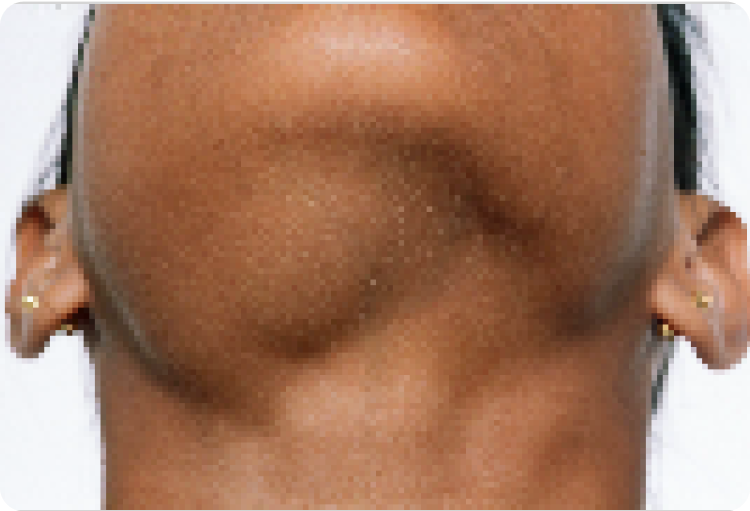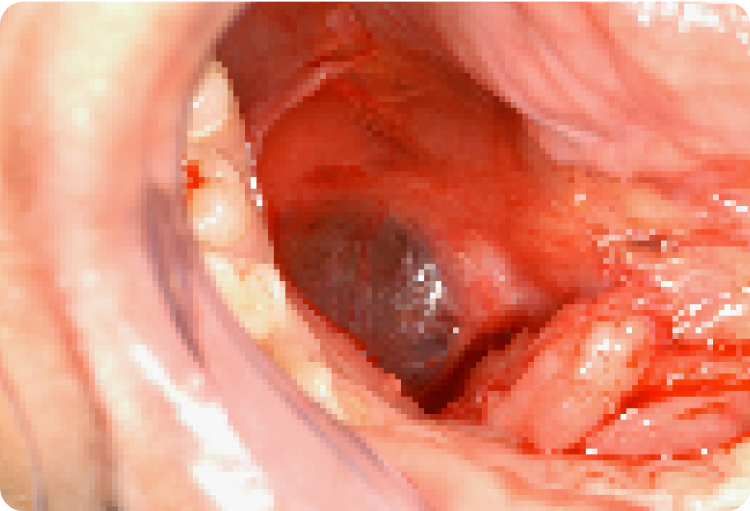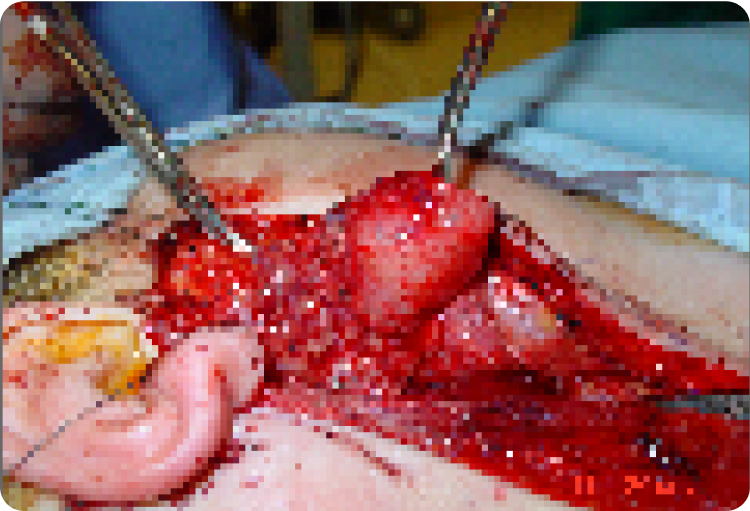Salivary gland masses & tumours

Salivary gland masses can arise due to infections, stones, or tumours. While some are benign, others may require medical or surgical treatment. Proper imaging and evaluation are essential for accurate diagnosis and management.
Salivary gland masses & tumours
There are four distinct types of salivary glands in our head and necks are assisting our eating and digestion. They are namely parotid, submandibular, sublingual, and minor salivary glands of the oral cavity as shown below.

Location of salivary glands
Salivary gland problems are multifactorial, but they can be broadly classified into INFECTIONS, STONES, and TUMOURS. Most require a combination of medical and surgical treatment. Surgery requires imaging and pre operative planning to achieve cure.

Salivary pseudo cyst or Ranula

Intra-operative inside the mouth view of the cyst prior to removal

Parotid tumour in a 60 year old female

Operative view of parotid tumour
Murali Mahadevan
Specialist ENT Surgeon
For all enquiries and appointments call (09) 925 4050
Suite A, Level 1, Kakariki Hospital
9 Marewa Road
Greenlane, Auckland 1051
Facsimile: (09) 925 4051
Only general information is provided on this web site and is not intended as advice or a consultation. Please read our full disclaimer.

If you're experiencing these symptoms, it's recommended to consult a healthcare professional for proper diagnosis and treatment.
FAQs
Salivary gland tumours can be benign or malignant. The most common benign tumour is a pleomorphic adenoma, which typically grows slowly and is painless. Another benign type is a Warthin’s tumour, often found in the parotid gland. Malignant tumours, such as mucoepidermoid carcinoma or adenoid cystic carcinoma, can grow more aggressively and may require extensive treatment.
Diagnosis usually starts with a clinical examination, followed by imaging techniques like ultrasound, CT scan, or MRI. A fine needle aspiration biopsy (FNAB) may be performed to determine whether the tumour is benign or malignant.
Not always. Benign tumours may be monitored if they are small and not causing symptoms. However, malignant tumours usually require surgical removal. Even benign tumours may be surgically removed if they grow large or cause discomfort.
Symptoms depend on the type and location of the tumour. Common signs include:
A painless lump near the jaw, ear, or neck
Swelling or tenderness in the salivary gland
Difficulty swallowing or speaking (if the tumour is large)
Facial nerve weakness or paralysis (in cases of malignant tumours)
No, salivary gland stones (sialoliths) do not cause tumours, but they can lead to chronic gland enlargement and infection. Repeated infections may increase the risk of gland dysfunction, but they do not directly lead to tumour formation.
Salivary gland surgery is generally safe, but it requires precision to protect important structures like the facial nerve. Risks include:
Temporary or permanent facial weakness (if the nerve is affected)
Scarring and swelling
Infection or bleeding (rare)
Salivary fistula (a leakage of saliva from the surgical site)
Contact Us
Get in touch to book an appointment or inquire about our ENT services. Our team is here to assist you with expert care and guidance.
Ph: +64 9 925 4050
Fax: +64 9 925 4051
Dr Murali Mahadevan FRACS
Otolaryngology Associates Ltd
Suite A, Level 1, Kakariki Hospital
9 Marewa Road
Greenlane, Auckland 1051

